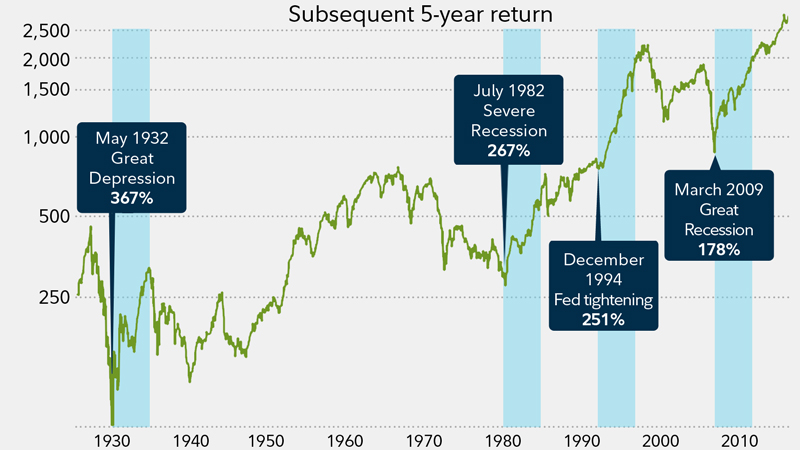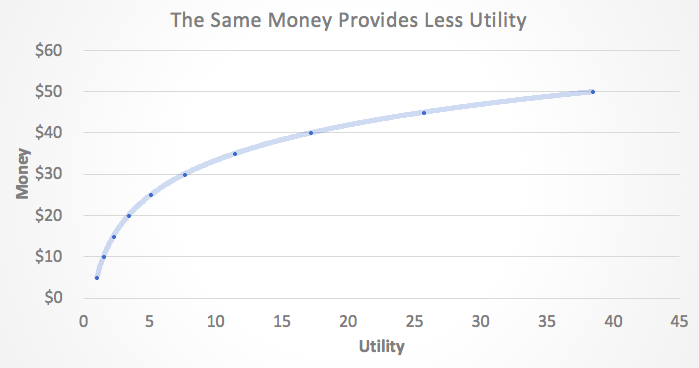Many people try market timing, following the old adage to “buy high and sell low”. This is especially true when the market goes south. People are either proud that they sold at the top, or regret holding on to stocks during the downturn.

How well does the “buy high, sell low” adage work in practice? According to a study by Fidelity, it doesn’t. They found that the decisions investors make about when to buy and sell funds cause those investors to do worse than if they just bought and held the same funds.
Not only will you miss key days, you’ll also need to pay more in capital gains taxes. Whenever you exit the market, you increase your tax liability while reducing the chance you’ll earn future gains.
Missing The Good Days are Crushing
As great as it would be to avoid the bad days, that means you may miss the good days as well. Even missing just a few of the market’s best days makes a dent on your returns.

By just missing the best 5 days since 1980, you would have lost nearly $250k in returns! Your returns only get worse from there. If you miss the best 50 days from 1980, your $708k portfolio would’ve been reduced to $62k.
Embrace Volatility
When the market goes south, uncertainty builds and more people question whether they should enter the market. According to Fidelity, what seemed like some of the worst times invest turned out to be the best.
The best 5-year return in the US stock market began in May 1932, which was the midst of the Great Depression. The next best 5-year run began in July 1982, while the economy had double-digit unemployment and interest rates.

Why Most People Don’t Follow This – Loss Aversion
If the studies show that your best bet is to buy and hold, why do so many people try to market timing? This is due to a bias known as loss aversion.
Loss aversion bias associates more pain with losses than with gains. In other words, you will feel more pain losing $20 on blackjack than join winning $20 in blackjack.
Here’s a graph that shows this bias in action. We’re using “utility” as any form of value that you would receive.

Now let’s apply this to the stock market. When you lose $5,000 due to a market downturn, that is going to feel much more painful compared to when you gain $5,000 on a market upswing.
So what can you do about it? The most important thing you can do is be aware about this bias, and embrace it. When the market goes down, just remember how much you have gained throughout investing, not just the loss today. Had you been out of the market the entire time, you would have lost 3% per year due to inflation alone.
The S&P 500 is up nearly 4x from the Great Recession to 2018. Had you stayed out of the market the entire time, you would have lost out on nearly 400% of returns. Keep this in mind when eventual downturns occur.
Market Timing – The Bottom Line
The market goes down faster than it goes up. Based on loss aversion, you’ll feel the pain of a loss much more than the gain of a similar amount in your portfolio. Keep this in mind during downswings, and make sure you keep in mind how much you would have lost if you weren’t in the market.
While it may feel like you’re doing more by timing the market, studies show that you’ll perform worse in the long run. Stay invested in great index funds and companies, and your nest egg will grow dramatically over time.